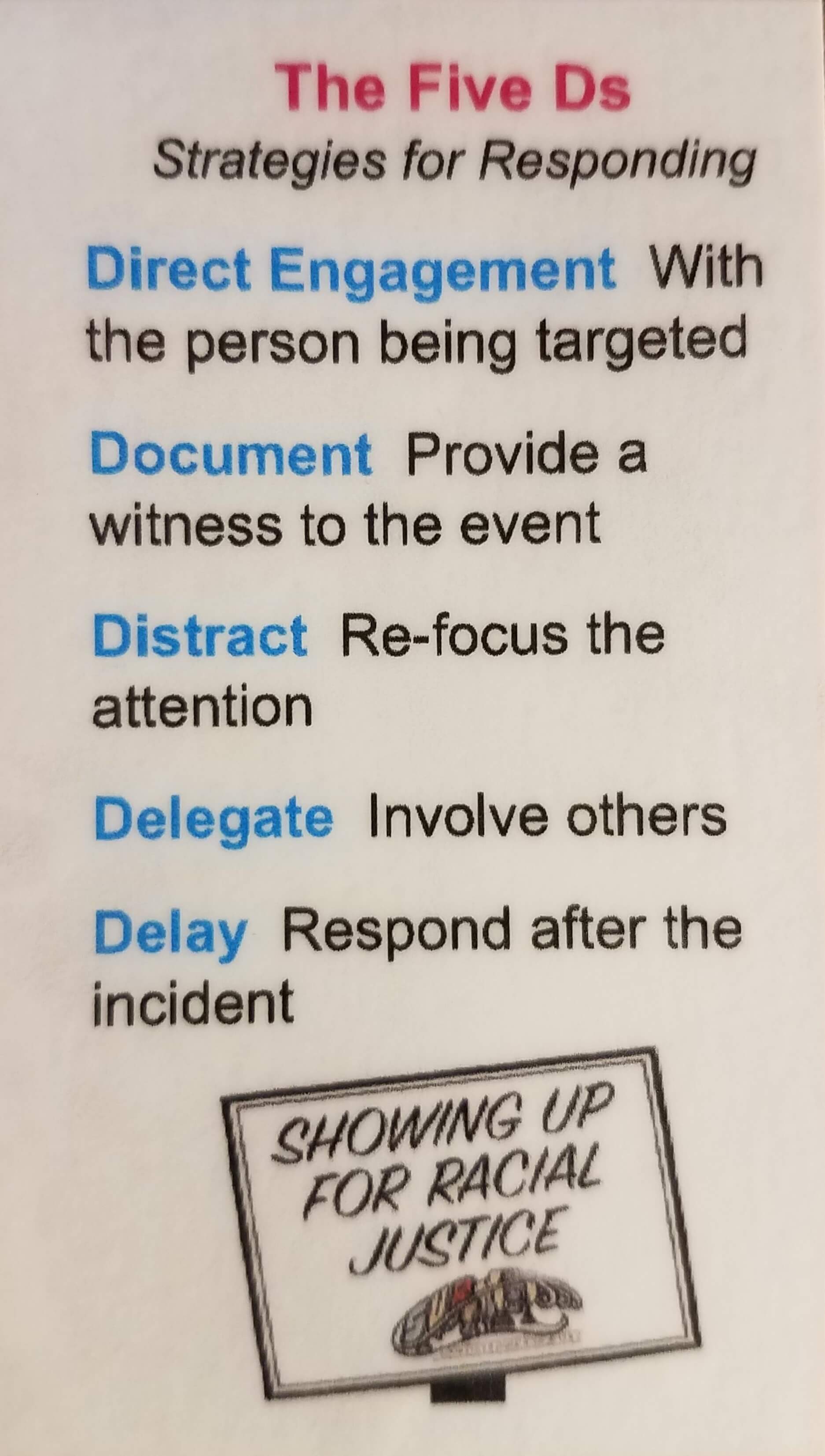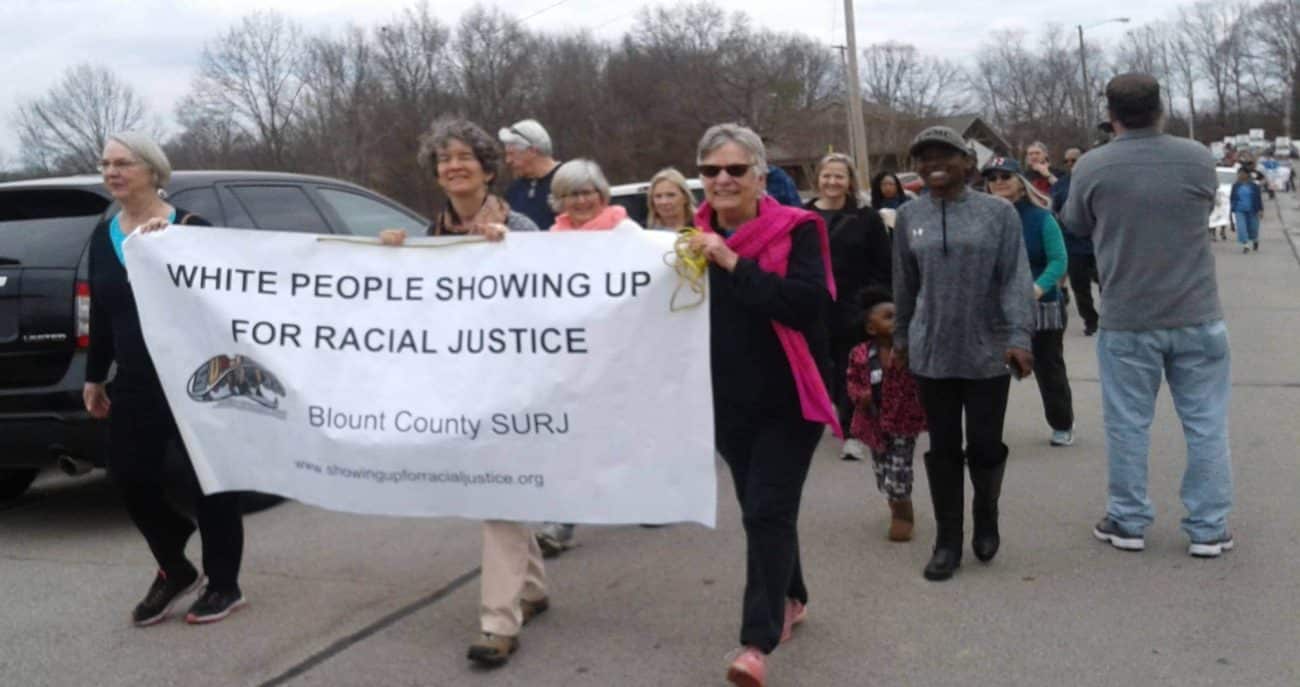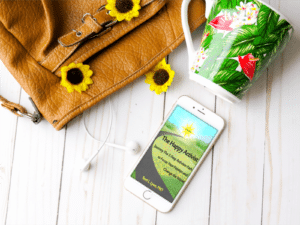- The Meaning of Critical Thinking: A Key Skill for Navigating Today’s Information Landscape - November 3, 2025
- Grandparents Can Develop Activist Grandchildren - September 29, 2025
- Top Six Reasons Credit Union Benefits Are a Smart Choice Over Banks - August 18, 2025
Last Updated on January 17, 2025
I’m yelling at the manicurist about my bill. She doesn’t speak much English, but that doesn’t stop me from slinging epithets at her. I look around at the other people in the salon and make sure they know how terrible the manicurist has treated me. Don’t they think she should go back to wherever she came from, too? My voice is getting louder and louder as I feel more justified in my anger.
A young woman appears and stands between the manicurist and me, which stops my tirade. She speaks kindly to her, asking if she needs help. Should she call the manager? The manicurist nods her head. This interaction takes the wind out of my sails, and I clam up.
Stop Harassment With Upstander Training
We are role-playing in Upstander Training. This training helps people diffuse harassment like the kind I am modeling. Offered by Showing up for Racial Justice (SURJ), they designed it to allow many practice opportunities. Scenarios included our nail salon situation, a white man cutting in front of a woman of color in the checkout line, a neighbor coming upon a woman berating a Latino gardener, a store manager who wouldn’t let a woman use the restroom because she looked gender-neutral, and two drunk people harassing a person of color outside a bar. We took turns being the Upstander, victim, and harasser. Running the scenarios multiple times honed our skills. After two hours I left feeling more confident that I could apply the skills in my community, if necessary.
Responding To Harassment

After the role plays, we discussed other ways to handle those situations, which might include not doing anything at all, depending on the circumstances.
During my role play, the person who got between the manicurist and me used Direct Engagement of the victim.
We used Distract often used during the training. For example, one Upstander dropped a bag of apples during the grocery store scenario, providing a distraction that diffused the situation.
During the store bathrooms scenario, the Upstander asked someone to call for help demonstrating the use of Delegate. She also asked for someone to Document the interaction on their phone.
Delay is an option, depending on the circumstances. After the interaction is over, you can check in with the victim to see if they need anything, such as calling a friend for them or walking them to their car.
The facilitators did not teach De-escalation tactics that require direct engagement with the harasser, because of the more complex skills required to do that safely.
[You may also like What Can White People Can Do To Support Black Lives Matter?]
Showing Up for Racial Justice
SURJ focuses on mobilizing white people for racial justice.
“SURJ works to increase white people’s awareness of benefits of white privilege and power we may not personally choose or use but have anyway. White people often have power and opportunity to challenge racism that people of color do not have. SURJ challenges white people to recognize our power, to talk to other white people about racism, and to take responsibility for challenging the systemic racism of American society.” (Blount County SURJ)
Harassment Hurts and Support Matters
The SURJ facilitators allowed time for reflection about how we felt embodying each role. We noticed how we felt in our body, and recognize what emotions impacted how we handled the situation.
During the last roleplay, I was the victim. I dug in a flower garden while the homeowner berated me, called me names, and yelled that she wasn’t going to pay me because I didn’t do the job right. A neighbor appeared and got between us, faced me, and said, “Oh your flowers look so beautiful! Perhaps you could come and do the same for my yard.” Even though this wasn’t a real situation, I felt my body relax, and a smile appear on my face because of this woman’s kindness.
Because of my privilege I’ve never had to experience this type of harassment. Putting myself in the shoes of a harassment target was a powerful experience that inspires me to ensure people in my community are treated with dignity.
[Like what you’ve read? Follow the blog so you don’t miss any content.]
READ NEXT
Knowing what to do isn’t enough. Practicing what to do gets you mentally prepared to use the tools in the right way. Here are some resources
The National SURJ website, where you can search for chapters in your area.
Hollaback provides upstander training and prepares young community leaders.
Step UP! Bystander Intervention Program
What Can White People do to Support Racial Justice?
The Most Powerful Self-Care Strategy For Activists
How to Make the World a Better Place for Women




I loved this post. Thank you very much for sharing it on Monday Blogs.
I appreciate you reading it, Lydia.
Terri, I know you well. I could not imagine in what world you would behave so cruelty and unreasonably to a manicurist. That exercise you described is eye-opening. Great article.
The training was outstanding. I’ll let you know when they offer another session.
Pingback: SENIOR SALON ROUNDUP: OCTOBER 22-26, 2018 ~ Esme Salon
Pingback: How an artist teaches a powerful message about racism • Life At the Intersection
Pingback: What can white people do to support racial justice? • Life At the Intersection
Hello Terri,
Thank you for sharing about SURJ. I’d never heard of them before reading this post. The five tips provided are excellent and could work well beyond the scope of racial justice.
That’s a good point, Yvonne! Injustice and harassment come in many forms. Thanks for stopping by. Terri
Thanks for sharing at @esmesalon #seniorsalonpitstop. Great read as always.
Thanks, Esme.
Pingback: InLinkz 196 Senior Salon Pit Stop